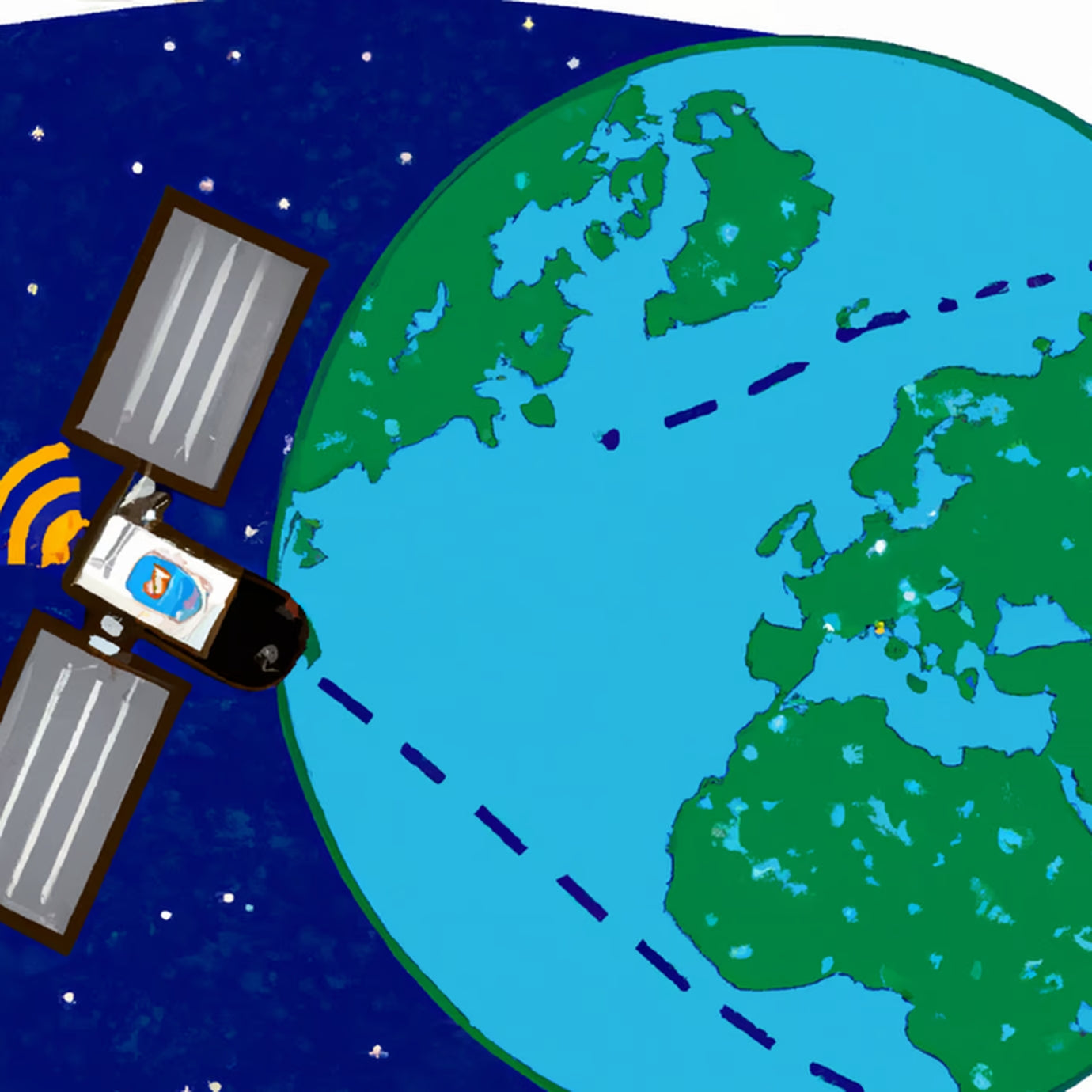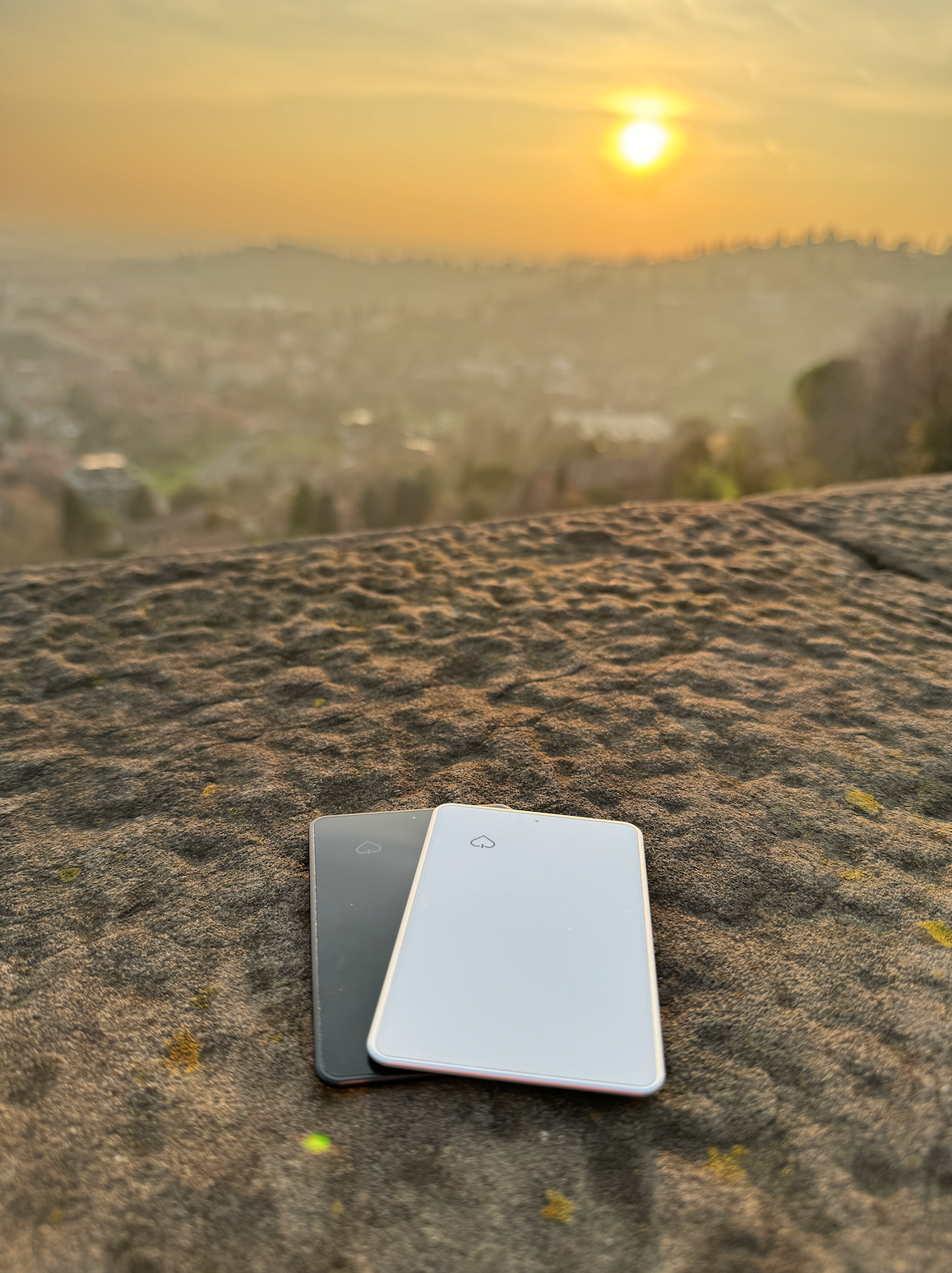Let's delve into the commonalities and distinctions among Bluetooth, GPS, and UWB technologies, all of which aid in locating lost items wirelessly.
Bluetooth:
Bluetooth trackers excel in locating nearby misplaced items, with a range of about 300 feet (90 meters). These trackers require a connection to an Android or iPhone via an app to facilitate item retrieval.
Operating on the 2.4 GHz frequency band, Bluetooth is ideal for low-power, close-range wireless connections, making it efficient for connecting to devices near your phone. This efficiency translates to extended battery life, with most Bluetooth finders lasting over a year on a small coin battery.
GPS:
GPS, or Global Positioning System, utilizes satellite-based navigation to pinpoint lost items anywhere on Earth. This technology does not directly connect to your phone but instead relies on a network of satellites to triangulate the item's location.
While GPS can determine precise locations, it has limitations in pinpointing exact coordinates due to its reliance on satellite networks. It can guide you to an approximate location within a radius of up to 160 feet (50 meters).
UWB:
Ultra-Wideband (UWB) technology is a newer communication method with highly accurate location-tracking capabilities. UWB trackers boast longer ranges and faster data transmission speeds but consume more battery power.
The standout feature of UWB finders is their ability to guide you precisely to a lost item's location using your mobile phone. This capability is especially useful in noisy environments or for individuals with hearing impairments who may struggle to hear Bluetooth finder ringtones.
Summary:
- Bluetooth is ideal for nearby item searches, with a limited range.
- GPS provides precise location information over greater distances.
- UWB offers accurate location tracking for nearby items but uses more battery power.




Leave a comment
This site is protected by hCaptcha and the hCaptcha Privacy Policy and Terms of Service apply.